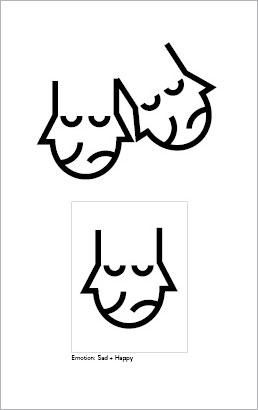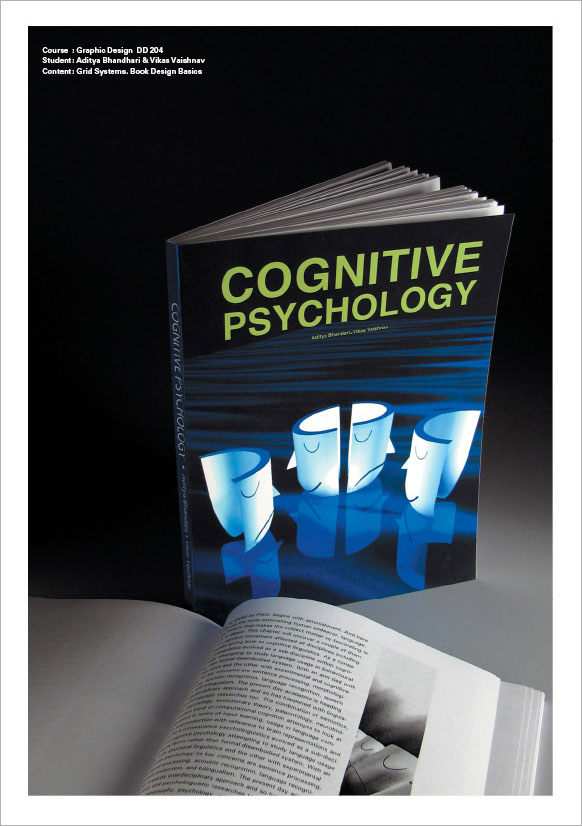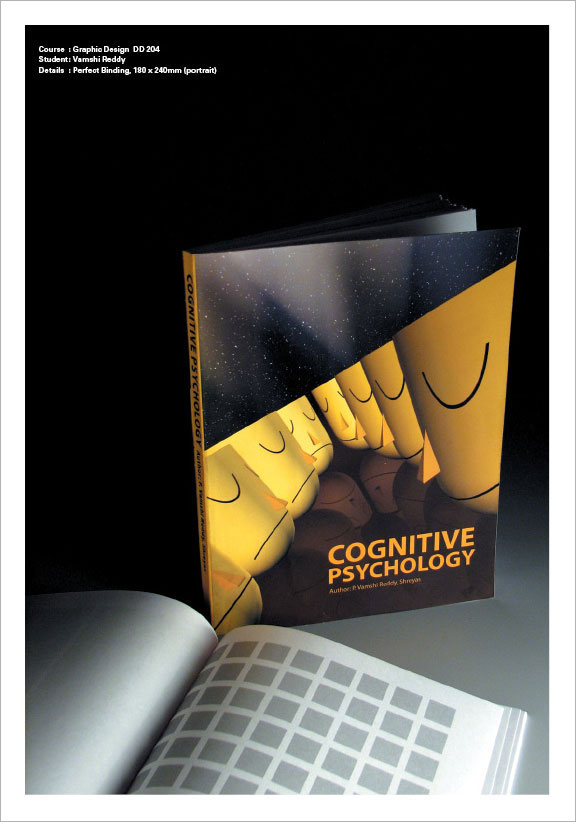Search
- yohoho
- unblocked games 77
- unblocked games 8
- unblocked games 2
- unblocked games for school
- unblocked games world
- retro bowl
- unblocked games
- unblocked games premium retro bowl college best unblocked games unblocked games
The primary objective of this course is to orient you with the meaning of ‘graphic design’ as a whole, in the context of visual communication through theory and practice. This course will acquaint one to the essentials of basic design, which are mandatory within the knowledge bank of a designer, irrespective of him being a product designer or a graphic designer. It will instil confidence in students by enabling them to achieve specific graphic design skills aimed at employing order in visual solutions. The course focuses on primary issues in words and images, which form an integral part of any visual communication. Tasks are designed to help us understand the relationship of empty space with written matter, helping us internalize the basics of typography.
Pragmatic Benefits:
• Awareness of grid in product brochures, leaflets, manuals, etc.
• Application of design elements and principles to bring rationality to the whole act of designing.
• Acquiring skills to design your own portfolio and document one’s work irrespective of the medium.
Task:
Create a book cover design and pages inside, for the given topic. Text for the inside pages will be provided to you.
Brief:
Title of the book is “Cognitive Psychology”. Cognitive psychology refers to cognition as higher mental processes. The origin of knowledge and its representation in the mind is the fundamental question that cognitive psychology deals with. In a wider context, however, it refers to knowledge or act of knowing and in socio-cultural context it refers to emergent development of knowledge and concepts within a group.
Dimensions: 240 x 180 mm
Step 1:
You will be provided with a graphic. You have to use the graphic and create four options using any one or all principles of design. Each option should be an interesting composition in (black and white) resonating with the theme of the book. Figure and ground relationships should be used to create images with high graphic quality.
The graphic should be created in an area of 180 (W) x 240 (H) mm (portrait). You are free to work in a vector program of your choice.
Assignment-1:

Assignment-2:

Assignment-3:
